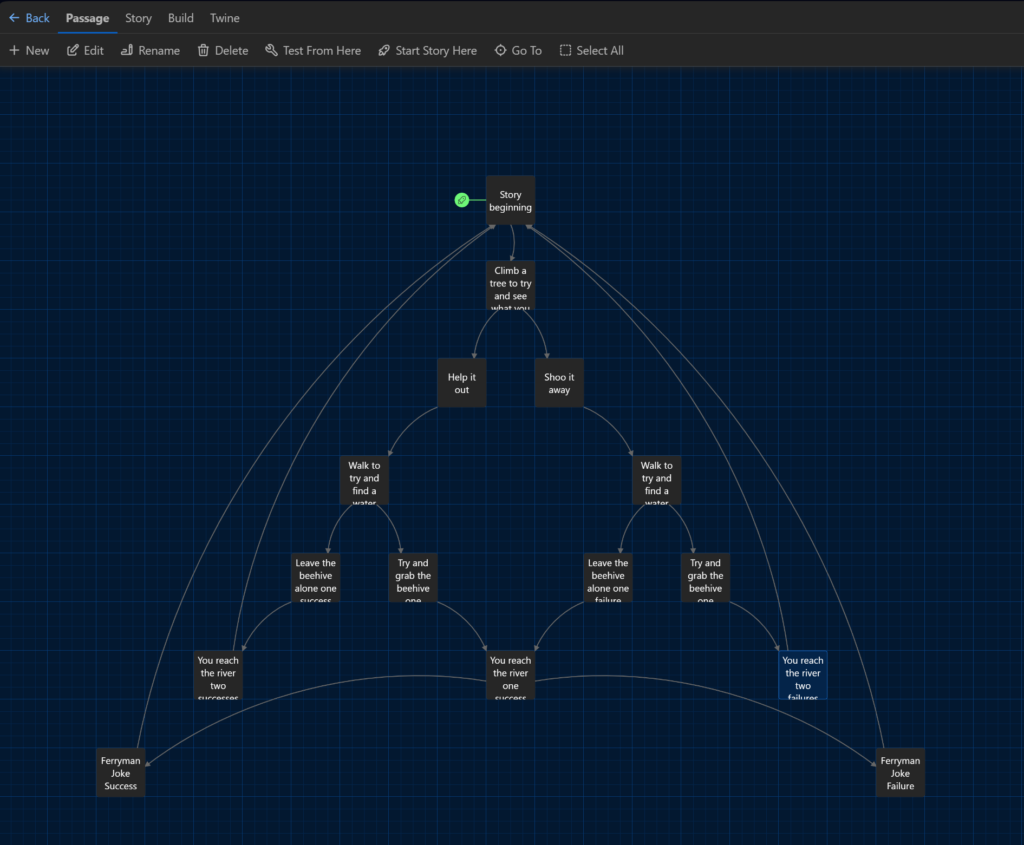Introduction
In Module 3 of EDCI 337, titled “Storytelling and Creating Video”, we discussed the idea of storytelling and how you can efficiently utilize it in teaching. We also discussed how videos can aid the learning of students, whether those videos include stories or just learning material.
Topics
The main topics we discussed were the power of storytelling and the benefits of using videos as a medium for teaching.
We discussed how storytelling is an encompassing aspect of our humanity. We love to tell stories and our brains react to storytelling in a way that mimics how we would react had we actually been part of the story. Research also shows that storytelling is better at making people remember learned lessons than most other teaching methods.
We also discussed the power of video. We were shown how video can be used to better enhance and supplement teaching, and how proper utilization of video can allow students to better engage with the content offered and understand it in a much more concrete manner. While videos are resource intensive, they make up for that with the reward gained from using them, as well as their re-usability.
Discussion
Storytelling is definitely an important thing for me. I write as a hobby, so learning as much as I can about telling powerful, relatable stories is very useful for me. One important learning moment that I experienced when I was in high school was one of my teachers telling us about his experiences with living abroad. He discussed all of the different things he struggled with and how he was able to conquer them, and the way that he opened up and made himself vulnerable definitely made the story memorable for me. I had no idea then that I would be travelling to study abroad myself, so his story stuck with me and helped me through a lot of the challenges I face today.
I also enjoyed using Twine. The UI may be a bit annoying at times, but I can see its uses and how helpful it can be. I feel that a branched narrative like Twine can provide the opportunity for students to truly engage with the content. By allowing them to make their own decisions and reach their own conclusions, you’re putting them in the shoes of the protagonist, allowing their decisions to matter, which ultimately solidifies whatever learning experience you want to impart to them because it would be like they experienced it themselves. I have seen branched narratives used in video games and books, and they always engage me because I like seeing what sort of consequences my actions will have and what conclusions I will reach based on my decisions.
Twine
As mentioned above, Twine was a very interesting program to use. I definitely enjoyed using it and can see myself getting better at it and using it more and more down the line.
This is the link to the game I created using it: https://qjk7vsv4.play.borogove.io/
And this is a screenshot of the tree of choices you can make in the game:

Conclusion
The main thing that I love about this class is the variety of software I get to use in every module. I would have never thought to utilize twine, but now I can see myself using it for plotting out plot points for some of my writing. I definitely enjoyed this module, and I hope you enjoyed reading my blog post. Stay safe, and see you in the next one!
Nour, your module was really fascinating. I loved learning your perspective on how storyboarding, twine and storytelling can enhance the learning experience. I also really liked how you suggested that we could use these tools to transform passive reception into active learning.
I also resonated with your experience of using Twine. I agree that it can be very annoying at times but the outcome you can produce is unmatched. Your twine game was very simple yet was so engaging and the use of Mayer’s Principle of personalization can be observed even in the game
I am very excited to see your other blog posts and reflections